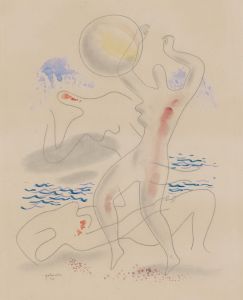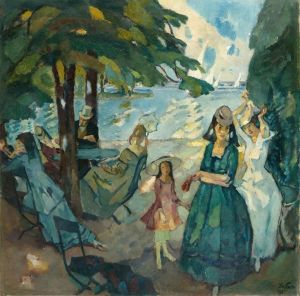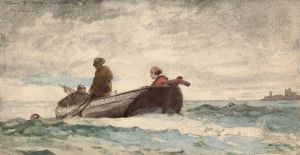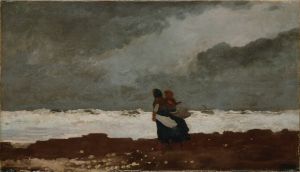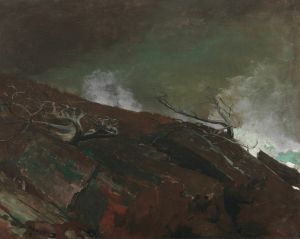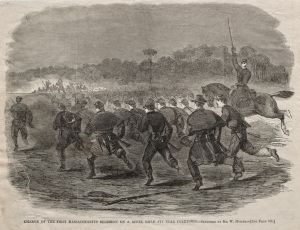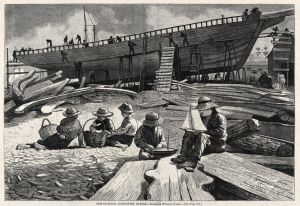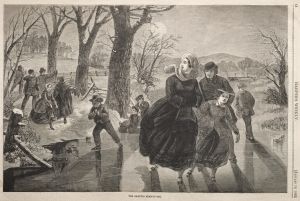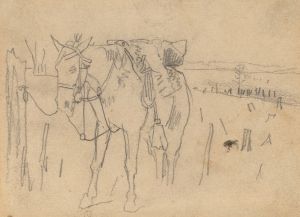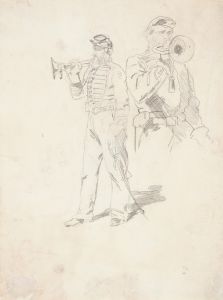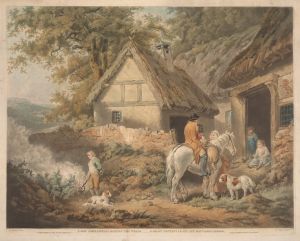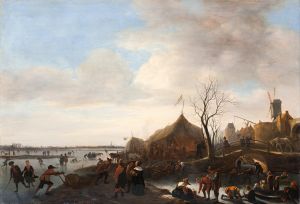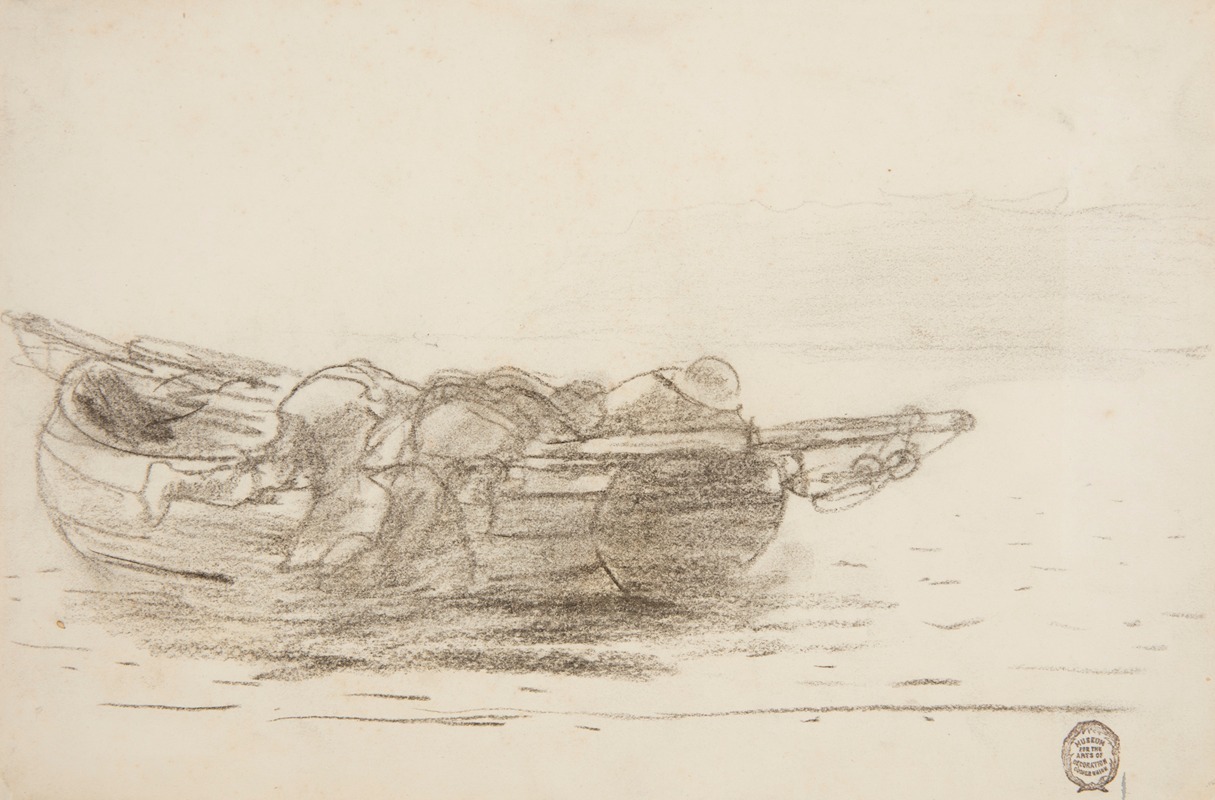
Fishermen Climbing over Gunwales, Cullercoats, England
A hand-painted replica of Winslow Homer’s masterpiece Fishermen Climbing over Gunwales, Cullercoats, England, meticulously crafted by professional artists to capture the true essence of the original. Each piece is created with museum-quality canvas and rare mineral pigments, carefully painted by experienced artists with delicate brushstrokes and rich, layered colors to perfectly recreate the texture of the original artwork. Unlike machine-printed reproductions, this hand-painted version brings the painting to life, infused with the artist’s emotions and skill in every stroke. Whether for personal collection or home decoration, it instantly elevates the artistic atmosphere of any space.
Winslow Homer, an American artist renowned for his marine subjects, painted "Fishermen Climbing over Gunwales, Cullercoats, England" during his stay in the coastal village of Cullercoats, England, from 1881 to 1882. This period marked a significant phase in Homer's career, where he focused on the lives and labors of the fishing community, capturing the essence of their daily struggles and the harsh realities of life by the sea.
Cullercoats, located on the northeastern coast of England, was a small fishing village that provided Homer with a wealth of inspiration. The village's rugged coastline and the hardworking nature of its inhabitants offered a stark contrast to the more genteel subjects he had previously explored. Homer's time in Cullercoats was transformative, as he immersed himself in the community and developed a deeper understanding of the relationship between humans and the sea.
"Fishermen Climbing over Gunwales" is a testament to Homer's keen observation and his ability to convey the physicality and danger inherent in the fishermen's work. The painting depicts fishermen in the midst of their labor, climbing over the gunwales of their boat, a scene that highlights both their skill and the perilous nature of their occupation. Homer's use of color and composition in this work reflects the somber and often harsh environment faced by the fishermen, with a focus on realism and detail that brings the scene to life.
During his time in Cullercoats, Homer produced numerous works that showcased his evolving style and technique. He moved away from the more narrative-driven and sentimental themes of his earlier career, embracing a more direct and unsentimental approach. This shift is evident in "Fishermen Climbing over Gunwales," where the emphasis is on the authenticity of the scene rather than any romanticized interpretation.
Homer's Cullercoats period is often credited with influencing his later works, particularly his seascapes and depictions of maritime life. The experience honed his skills in capturing the dynamic interplay between humans and nature, a theme that would become central to his oeuvre. The paintings from this period are characterized by their strong compositions, dramatic use of light and shadow, and a muted color palette that conveys the often bleak and challenging conditions faced by the fishing community.
"Fishermen Climbing over Gunwales" is a prime example of Homer's ability to portray the dignity and resilience of his subjects. The painting not only serves as a historical record of the fishing community in Cullercoats but also reflects Homer's deep respect for the individuals who braved the sea daily. Through his art, Homer provided a window into a world that was both beautiful and unforgiving, capturing the spirit of the people and the environment with unparalleled skill and sensitivity.
Homer's work from the Cullercoats period remains highly regarded for its artistic merit and its contribution to the understanding of 19th-century maritime life. "Fishermen Climbing over Gunwales" stands as a significant piece within this body of work, exemplifying the artist's mastery in depicting the human condition against the backdrop of nature's formidable forces.





